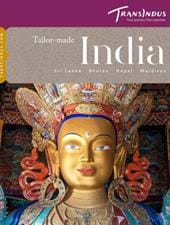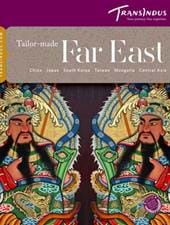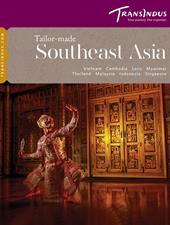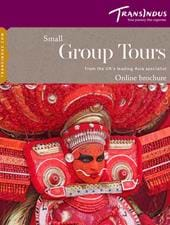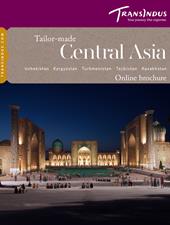‘An elegant town with very fine houses’ is how the Portuguese admiral, Afonso Albuquerque, described Muscat in 1507 – a gloss that still holds true today. With its low-slung skyline of traditional, white-painted architecture, domes and mosque minarets, all enfolded by an amphitheatre of rugged desert hills, the Omani capital has a much more authentically Arab feel than its counterparts elsewhere in the region.
Most sightseeing tours feature capital’s beautiful Grand Mosque, a glorious example of modern Islamic architecture, and Bait Al-Zubair Museum, whose collection of costumes and weapons serves as an ideal primer for local Bedouin traditions and history. Nearby is the Al Alam Palace, principal residence of the Sultante’s ruler, Qaboos bin Said al Said. At this point, you could break for a pitstop in a traditional Muscat coffee shop before a stroll along Muttrah seafront, dominated by the Persian-tiled mosque of Al Lawatiya.
Mutrah served as the commercial hub of old Muscat before the creation of the new city. Its waterside corniche sweeps from the ferry port in the west to leafy Al Riyam Park in the east, where a giant incense burner placed on a hilltop hill gives a superb view over the bay. After sunset, head to the Al Ahalam souq, one of the oldest and most atmospheric bazaars in the Arab world. As well as everyday items, the narrow, twisting alleyways of the market hold stalls devoted to frankincense, rose perfume, spices, richly embroidered Omani caps (kumahs), traditional knives and hunting falcons.

